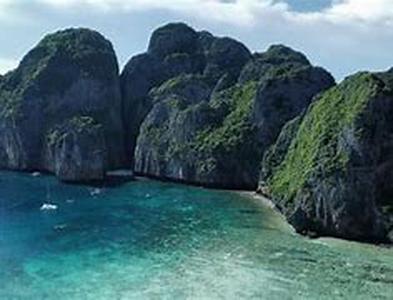
Buddhism In Tibet, As We Know It Now Has Survived And Revitalized Throughout The Past Generations. It May Not Have Been A Pure Religion On Its Own, But It Holds A Certain Spirituality In It That Makes It A Unique One. Buddhism In Tibet Is Unlike The Buddhism Practiced In China Or In Other Countries; It Is A Religion Crafted In Tibet Because Of The Different Circumstances That Molded Their History, Culture And People. Buddhism In Tibet Has Had Various Influences And Has Varied From The Original Buddhism Introduced To Them Than The One Practiced In Tibet At Present. In Order To Know And Differentiate Buddhism In Tibet From The Rest, Its Better To Take A Glimpse Of What Happened And How It Came To Be.Evolution Of Buddhism In TibetIts History Will Trace A Long Way Back, So, A Brief Presentation Will Just Be Presented To Know How Buddhism In Tibet Has Become What It Is Now---from A Practice To A Religion. Most Probably, It Dates Back To The Yarlung King Nyantsen (173CE). However, At That Time It Had Not Made An Impact Yet And The Only First Noted History Was Around 500CE During King Nyentsens Time, When The Buddhist Scriptures Were Introduced, Although It Wasnt Translated Yet. King Gampo In 617CE Had These Scriptures Translated, And King Detsen In 817 Was The One Who Invited Indians Shantarakshita And Kamalasila, Who Also Invited Padmasambhava Or Guru-Rinpoche To Start A Spiritual Community, Thus The First Buddhist Monastery, Samye, Was Established. This Is The Time When Buddhism In Tibet Had Firmly Began. In 792, King Detsen Declared That Indian Buddhism And Not Chinese Buddhism Is The Religion Of Tibet. But Upon The Rule Of King Dharma, He Abhorred Such Religion, Thus, In 842 And After A Long Time Thereafter, There Was No Official Religion In Tibet. Gradually, In 978, A Revival Of The Religion Is Underway With The Help Of King Yeshe O, And In 1042, Atisha-di-Pankhara Led The Real Revival Of Buddhism In Tibet. Atisha Made A Clear And Condensed Presentation Of The Buddhist Philosophy, Which Has Become The Basis Of Some Tibetan Traditions. Because Of This, There Was Less And Less Influence From The Indian Teachers. Dromtonpa, Atishas Disciple Founded The Kadam-tradition And Though This Tradition Doesnt Exist In Its Original Form Anymore, This Has Greatly Influenced The Later Schools Of Buddhism---Kargyu, Sakyu And Gelug. Spanning More Than A Hundred Years, Buddhism In Tibet Has Been Shaped In Such A Way That It Reflects Tibetans Essence As A People And Shows Tibetans Culture As Practiced.





